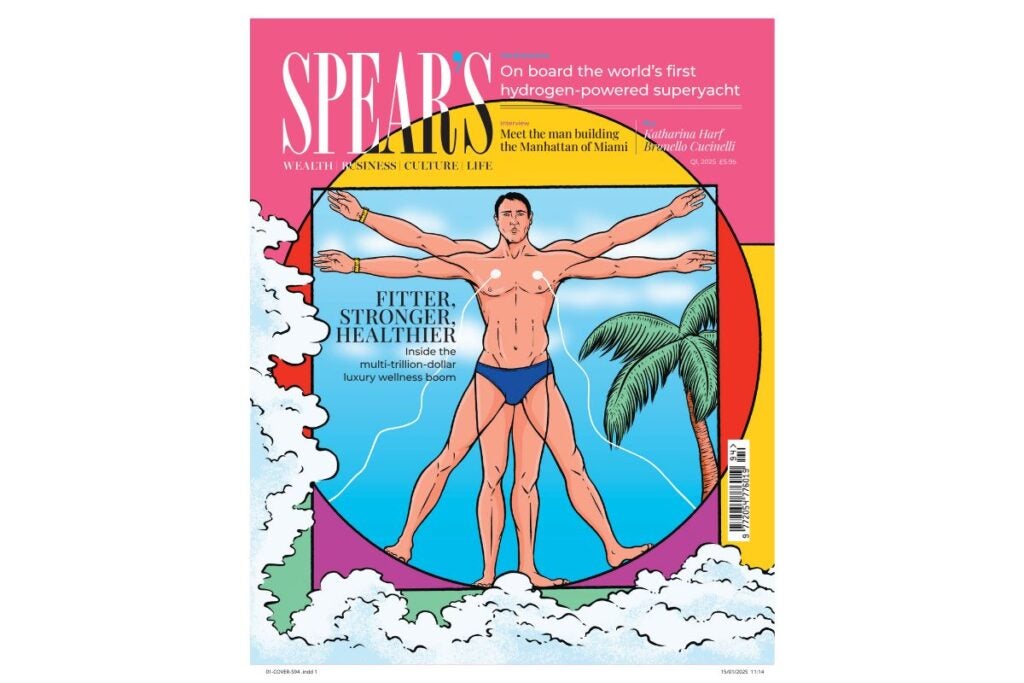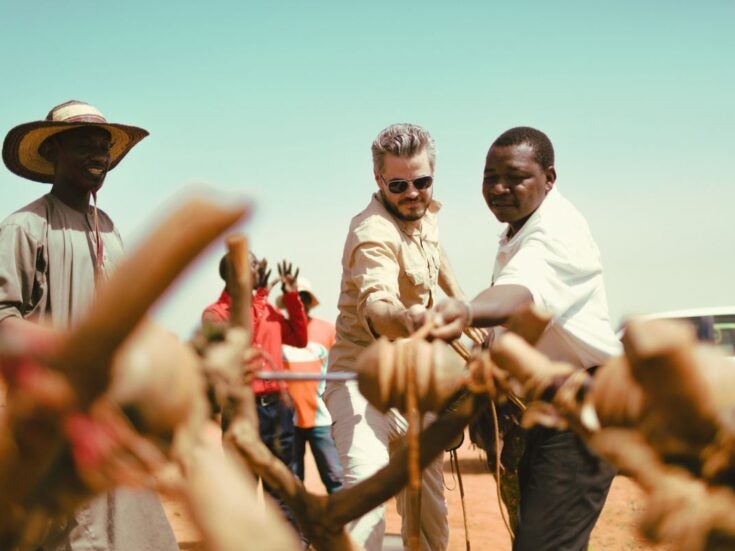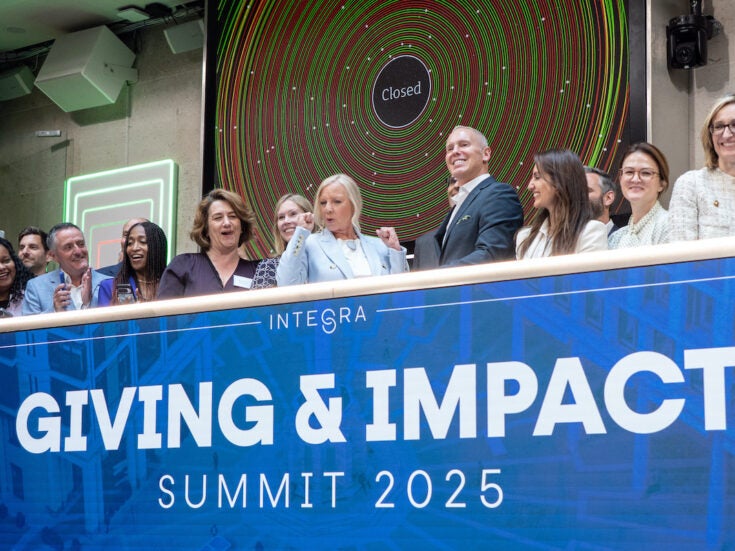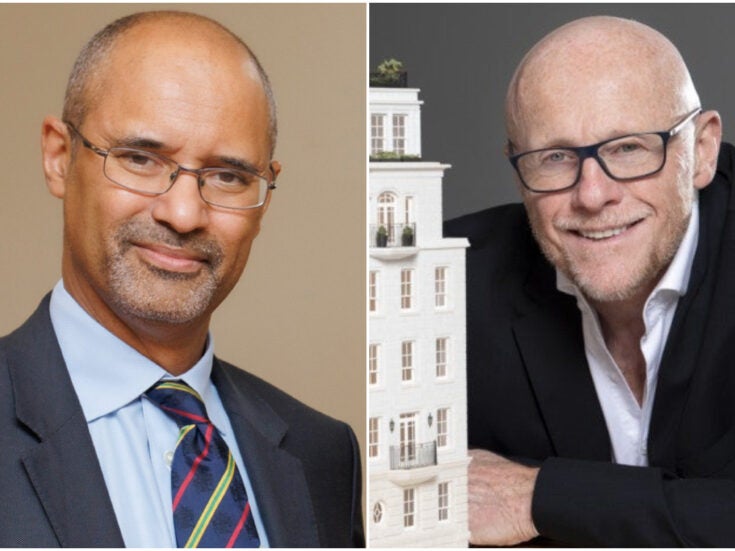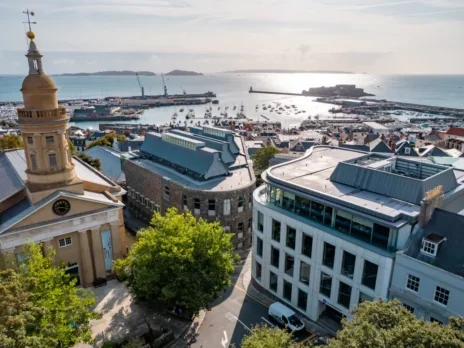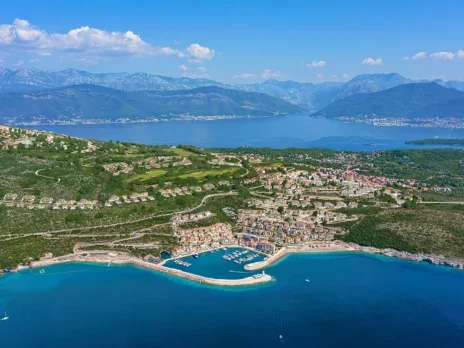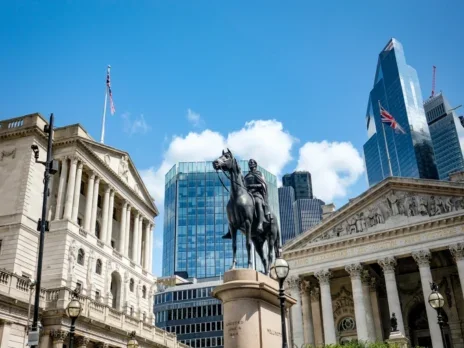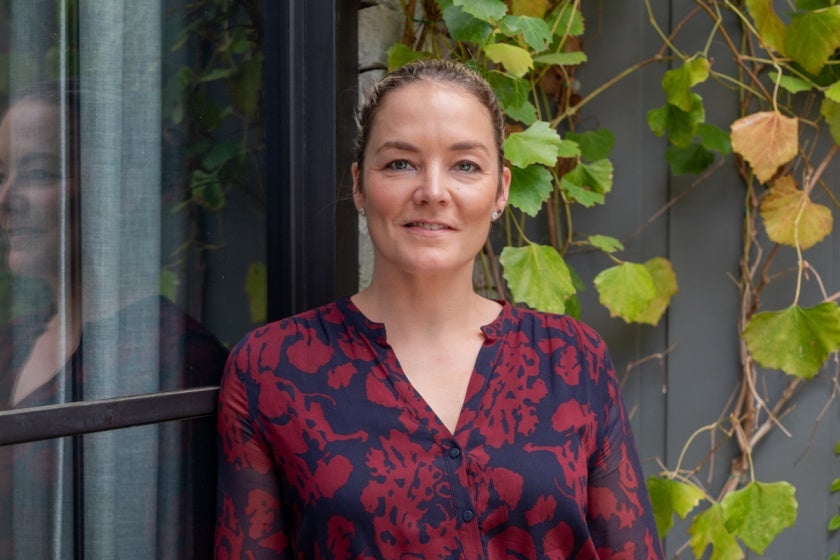
My mother was first diagnosed with breast cancer when she was a young woman and then developed a secondary cancer, acute leukaemia, when I was 13.
Often when you have an aggressive form of blood cancer, traditional treatments like chemotherapy and radiation aren’t enough. It became clear she needed a stem cell transplant from an unrelated donor because none of her relatives were a match. My family was devastated.
My mother and father met at dance school when they were 15 and had a long, lasting love. He vowed to do everything in his power to save my mother, and the way to do that was to register stem cell donors.
[See also: How philanthropy can unlock new opportunities for UHNW advisers]
There were only 3,000 people registered in Germany. We very, very quickly mobilised family and friends and started campaigns all over the country to find her a match. In the first six months we recruited 48,000 people.
Sadly, my mother didn’t have a perfect match and she passed away. She knew she was going to die and told my father: ‘Peter, I know you’re a very ambitious businessman, but I don’t want other families to go through what we’ve had to go through, so you have to continue.’
That’s how DKMS started. Now we are in seven countries, have 12 million donors and help patients around the world.
[See also: Prominent philanthropists call for UK to give more]
After my mother’s death, I buried myself in my studies. My father’s mission was becoming bigger and bigger but I couldn’t face it. I went to Harvard, majored in philosophy and had different jobs; I was a management consultant and interned at Louis Vuitton. I applied to Columbia Business School, but it just wasn’t me – I really wanted to do something that had more value.
That’s when the magic happened. My dad suggested starting DKMS in the US. I had never run a company. All I had was a desk and a computer.
We wanted to recruit Black and Hispanic donors because most of our donors to that point had been Caucasian. I was dating a Black man, who is now my husband, so it became even more personal.
We did donor drives all over the city. I was really hustling, and we registered thousands of people, but I knew we needed something bigger. My husband was working with Rihanna, who agreed to do an article with us for People magazine and met one of our patients, a young Black girl named Jasmina.
[See also: Facebook EMEA VP Nicola Mendelsohn: HNW giving needs to ‘dream big’]
Overnight, 3,000 or 4,000 donors registered online and that’s when I realised: ‘Oh my god, that’s why we’re here.’ It was a new era for DKMS.
Celebrities are incredibly powerful for spreading awareness, especially when they have a genuine connection with a patient. We also hold annual galas in New York and London.
Our mission is to fight blood cancer and blood diseases. But how we help, and the extent to which we help, is evolving. We also help patients with access to treatment – with the infrastructure, with funds, with training doctors. The third arm of the organisation is research, where we’re working on advanced treatments and improved therapies.
My father is still el capitano. He taught me everything. My sister is also very involved in DKMS; it bonds us and is a huge sense of pride for our family.
I would rather, obviously, have my mother here, but DKMS has become a purpose, given us meaning, and keeps her memory alive. And that’s something quite beautiful.
Web dkms.org
As told to Stephanie Bridger-Linning
This feature first appeared in Spear’s Magazine Issue 94. Click here to subscribe
